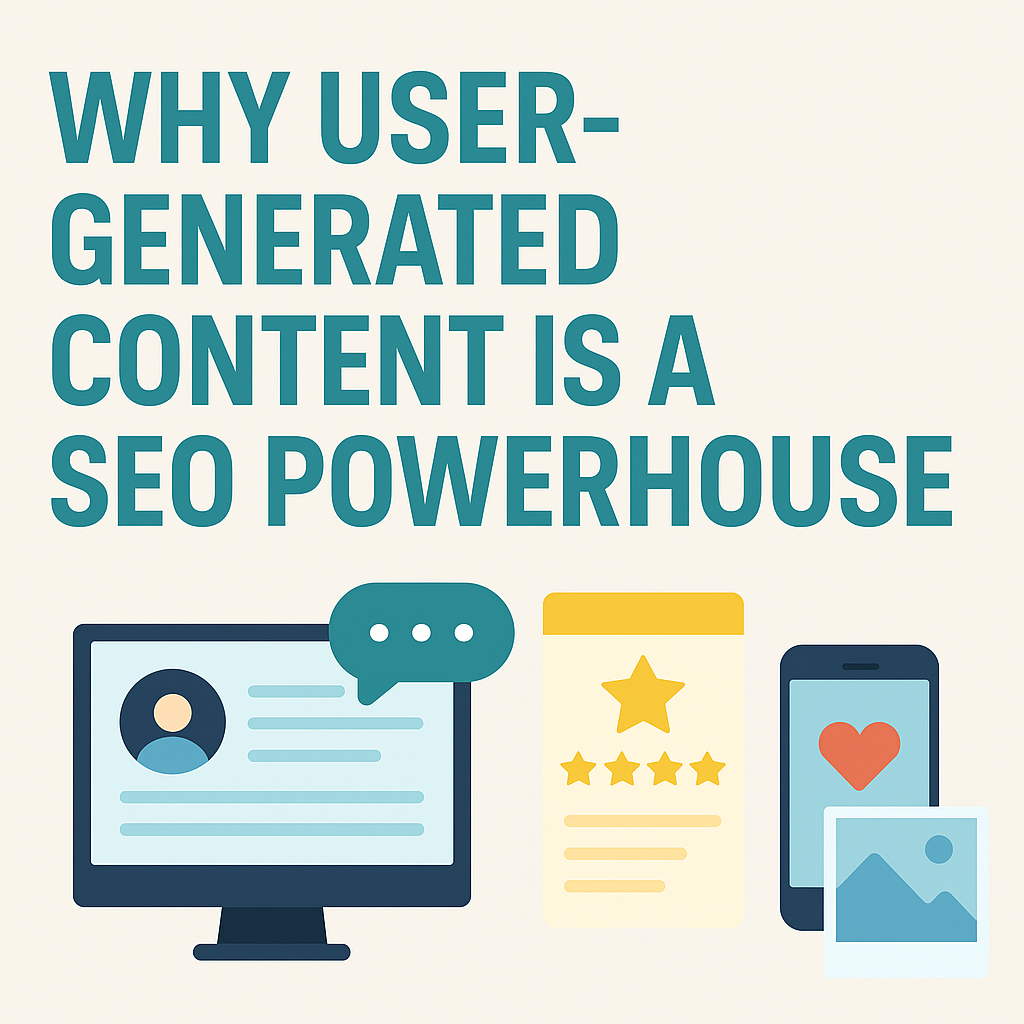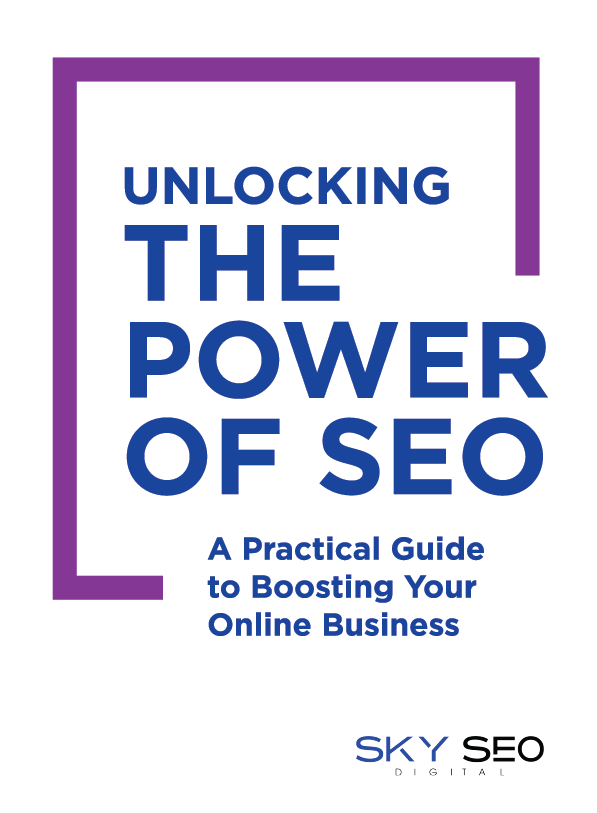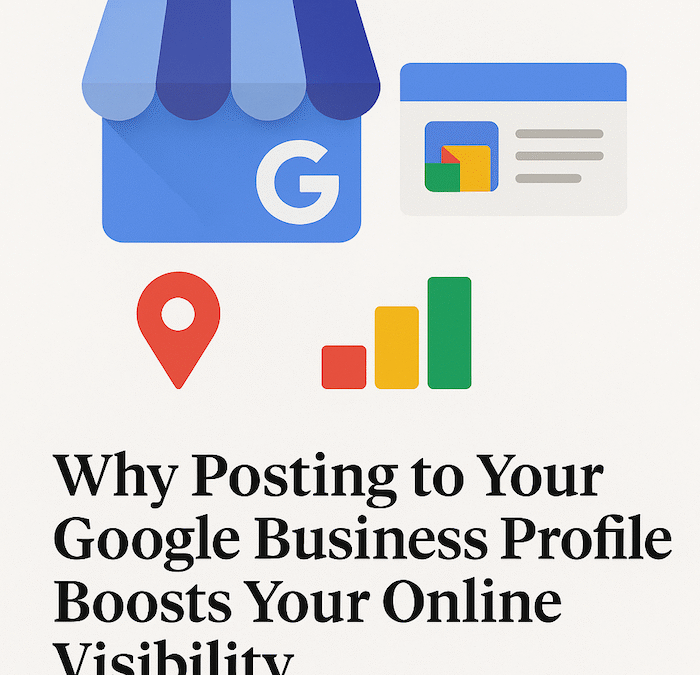When it comes to SEO, fresh, relevant content is gold—but producing it all in-house isn’t scalable. That’s where user-generated content (UGC) shines. Whether it’s blog comments, product reviews, photos, or forum posts, UGC offers unique advantages for search engines and businesses alike. We examine why UGC is so effective for SEO, what types are most valuable, and how to leverage it without sacrificing control or quality.
What Makes UGC So Valuable for SEO
- Constant Freshness: Search engines prioritize new information. Websites populated with UGC deliver frequent updates, showing Google there’s a living, active community.
- Diverse Perspectives: When multiple users contribute, each adds their own angle—often phrased differently, covering edge scenarios search engines love.
- Low-cost Scalability: Instead of hiring content creators, brands can rely on customers and users to organically fuel their content pipeline.
- Social Proof: Reviews, testimonials, forum discussions—all of which resonate strongly with visitors, signal trust and authority to both users and search engines.
Key Types of UGC That Boost SEO
- Product Reviews & Testimonials
Real feedback adds long-tail keyword diversity and addresses concerns new customers may search for. Ratings and detailed insights enrich product pages. - Forum & Q&A Threads
These naturally produce multi-layered content, with questions, answers, clarifications, and alternatives—creating dynamic, keyword-rich pages. - Comments & Community Posts
A vibrant comment section on a blog or case study signals engagement and extends the life of the main content. - Customer Media (Photos & Videos)
Visual UGC adds authenticity and boosts dwell time, while alt tags and filenames contribute additional SEO signals.
SEO Benefits: Beyond Just Keywords
- Freshness Signal
Frequent updates from UGC signal that a site is current and authoritative, prompting search engines to crawl and index more. - Keyword Expansion
Everyday language from users includes niche terms and questions brands might overlook, unlocking new ranking opportunities. - Increased Engagement Metrics
Higher time-on-page, repeat visits, and richer click patterns often result from UGC—behavioral signals that feed ranking algorithms. - Additional Indexable Content
Even short comments or one-line reviews become unique text for search engines to index, broadening overall keyword footprint.
Best Practices for UGC You Should Follow
- Moderation Is Key
Carefully vet UGC to avoid spam, off-topic discussions, or poor grammar. Keep it high-quality while preserving authenticity. - Encourage Contribution
Use contests, badges, or incentives to motivate users to submit reviews, ratings, or feedback. - Mark Up with Schema
Use structured data (e.g., review schema, Q&A schema) so search engines can feature UGC in rich snippets. - Maintain Unique UGC
Avoid duplicate or AI-generated content. Encourage original voices and viewpoints. - Keep UGC On-Brand
Develop community guidelines and tone of voice to help align user posts with your brand values.
Risks & How to Avoid Them
| Risk | Impact | Mitigation |
| Inappropriate or Off-Topic Content | Could harm reputation or confuse visitors | Use moderation tools, manual reviews |
| Spam and SEO Penalties | Risks algorithmic penalties or removal | Deploy spam detection, CAPTCHA, verified accounts |
| Duplicate Content | May dilute SEO equity | Close outdated threads, combine similar content |
| Legal Compliance | Privacy or copyright breaches can be serious | Obtain rights, share clear terms, include disclosures |
Real-World Examples of High-Impact UGC
- Retailers with Product Reviews: Reviews not only assist conversions but also provide long-tail keywords and schema markup that enhance visibility.
- Educational Forums: Q&A threads teach, fuel SEO, and help communities grow. Multiple answers attract traffic on diverse queries.
- Contests & Social Shares: Campaigns like “submit your photo” drive media-rich content and community interaction—plus social shares that echo across the web.
UGC FAQs
What qualifies as user-generated content?
UGC includes any content created by users rather than brands—this can be reviews, comments, forum threads, social media posts, photos, videos, and FAQs contributed by site visitors.
How does UGC improve my SEO rankings?
It boosts freshness signals, adds keyword-rich text (especially long-tail), improves engagement metrics (time on site, return visits), and increases indexed content—factors search engines reward.
How can I encourage users to contribute quality UGC?
Create incentives like rewards, badges, giveaways, or contests. Ask for reviews after purchase, prompt questions within forums, and keep the contribution process seamless.
Should I moderate every piece of UGC?
Yes—at minimum, moderate for spam, inappropriate content, and relevance. Use a combination of automated tools and manual reviews to balance openness with quality control.
Can UGC ever hurt my brand’s SEO?
If left unchecked, UGC can introduce spam, duplicate material, low-quality text, or violate legal terms. Use moderation, unique content policies, structured data, and compliance checks to safeguard your brand.









